Crypto markets have recovered a bit, following last week’s brutal crash that shaved off more than 30% of the value from leading coins Bitcoin and Ethereum, which dropped to levels not seen since 2020.
Bitcoin is up more than 10% over the last seven days, trading for $21,013 as of this writing, and Ethereum reclaimed even more territory, surging more than 19% to $1,189.
Polygon’s week was even better: It rose almost 59% to better than $.57, buoyed by six weeks of whale accumulation—according to on-chain data analytics from Santiment—and a partnership announced this week with on-chain carbon market KlimaDAO.
Cryptocurrencies that rose at least 40% over the seven days were Uniswap, up 45% to $5.33, and Shiba Inu, up 43% to $0.00001122. Meanwhile, Avalanche added nearly 33%, to $20.10, and Solana rose almost 33%, to $40.05.
In fact, every top 30 cryptocurrency managed to recover by double digit percentages by the weekend, except Cardano, which still added 4% to hit $0.4845, and TRON, which rose 8% to $0.06445.
Bitcoin Cash actually fell 5.4% over the week, to $113.7 as of this writing, while TRON’s stablecoin USDD has for two weeks now traded below its peg. It’s currently at $0.9768.
'Fragmentation'
It was a relatively quiet news week, which probably aided the crypto market’s upswing.
On Tuesday, the Bank for International Settlements (BIS), a global organization of 63 leading central banks, published its Annual Economic Report 2022. The report says crypto has two main flaws: the need for a “nominal anchor” and “fragmentation.”
A “nominal anchor” refers to stablecoins, which peg their value to fiat currencies, like the U.S. Dollar (with varying degrees of success). BIS says that the existence of stablecoins “indicates the pervasive need in the crypto sector to piggyback on the credibility provided by the unit of account issued by the central bank.”
The report argues that cryptocurrencies have yet to challenge the hegemony of central banks in providing a unit of account for the economy: “The fact that stablecoins must import the credibility of central bank money is highly revealing of crypto’s structural shortcomings. That stablecoins are often less stable than their issuers claim shows that they are at best an imperfect substitute for sound sovereign currency.”
The report also points to the “fragmentation” of the sector, the abundance of various cryptocurrencies competing for supremacy, as “perhaps crypto’s greatest flaw as the basis for a monetary system.”
The BIS report expounds on the utility of blockchain technology for central bank digital currencies, or CBDCs—essentially state-issued stablecoins pegged to domestic currencies. It also points to smart contract technology—self-executing financial contracts on blockchains—as one of a number of advantages that will “enable transactions between financial intermediaries that go beyond the traditional medium of central bank reserves.”
The U.S. and EU central bank head honchos, Jerome Powell and Christine Lagarde, separately argued for regulation of cryptocurrencies this week, citing the speed at which the blockchain is growing, alongside possible economic risks, though both also said crypto doesn’t pose any immediate threats.
On Wednesday, U.S. congressman Jim Himes (D-CT) released a proposal outlining how the country could implement a CBDC, claiming it could help safeguard the dollar’s role as the world’s leading reserve currency.
“The longer the United States government waits to embrace this innovation, the further we fall behind both foreign governments and the private sector,” Himes said in a statement. “It is time for Congress to consider and move forward with legislation that would authorize a U.S. CBDC.”
The following day, Powell told the House Committee on Financial Services that Congress eventually will receive guidance from the Fed on how it could implement a CBDC.
“We’re doing a great deal of work,” he said, adding that once the Fed has worked out a policy recommendation, it will be up to Congress to draft the appropriate legislation.
Finally, data by Arcane Research revealed that publicly traded Bitcoin miners, like Marathon Digital and Riot Blockchain, sold more Bitcoin than they mined last month—a huge change from the first four months of the year, when miners sold 30% of their earnings.
Jaran Mellerud, an Arcane Research Bitcoin mining analyst, wrote in the report: “If they are forced to liquidate a considerable share of these holdings, it could contribute to pushing the Bitcoin price further down.”
Want to be a crypto expert? Get the best of Decrypt straight to your inbox.
Get the biggest crypto news stories + weekly roundups and more!

You can get bonuses upto $100 FREE BONUS when you:
💰 Install these recommended apps:
💲 SocialGood - 100% Crypto Back on Everyday Shopping
💲 xPortal - The DeFi For The Next Billion
💲 CryptoTab Browser - Lightweight, fast, and ready to mine!
💰 Register on these recommended exchanges:
🟡 Binance🟡 Bitfinex🟡 Bitmart🟡 Bittrex🟡 Bitget
🟡 CoinEx🟡 Crypto.com🟡 Gate.io🟡 Huobi🟡 Kucoin.
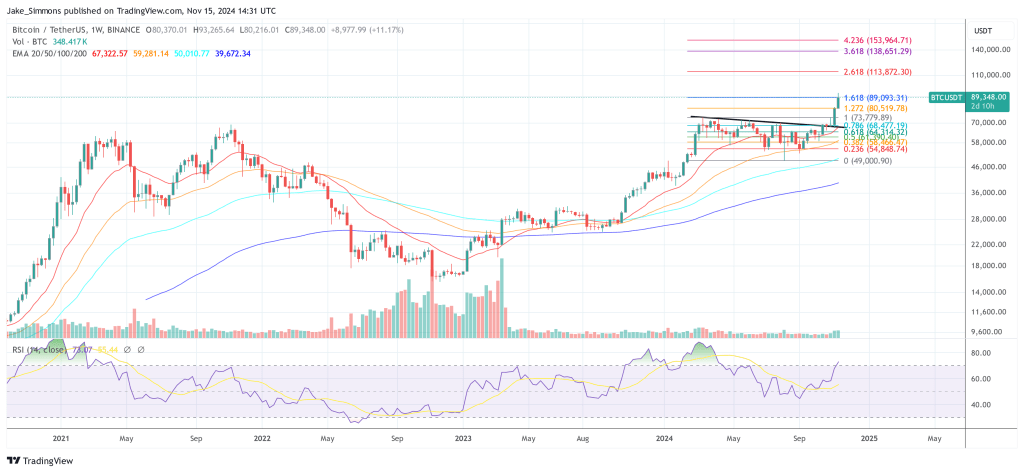


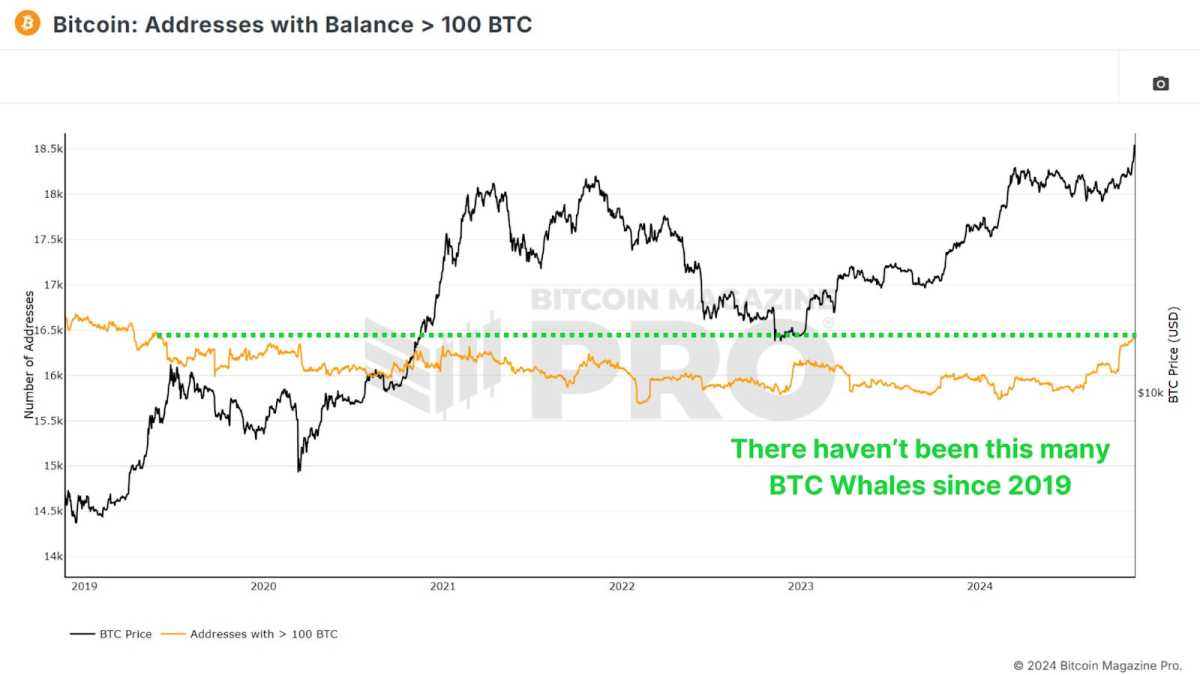

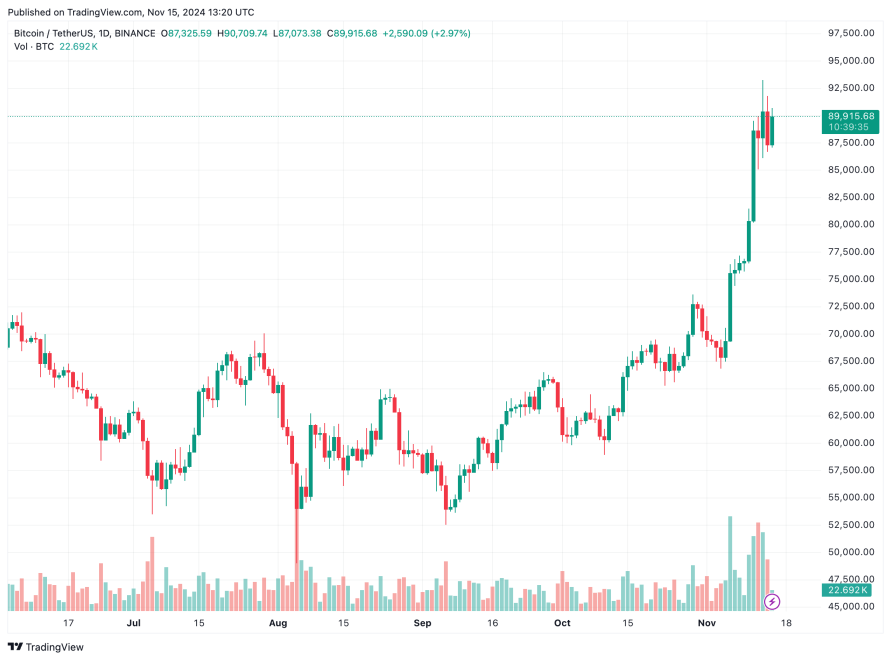

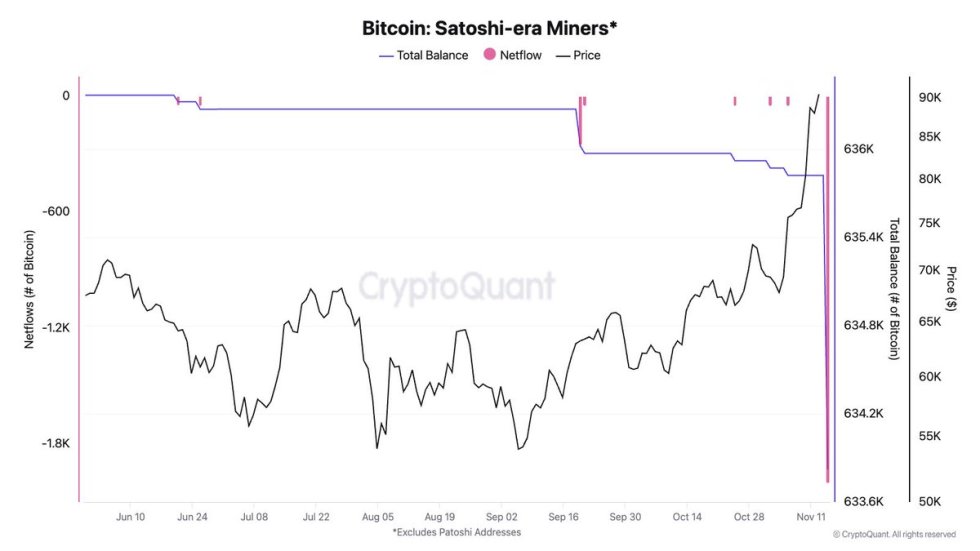










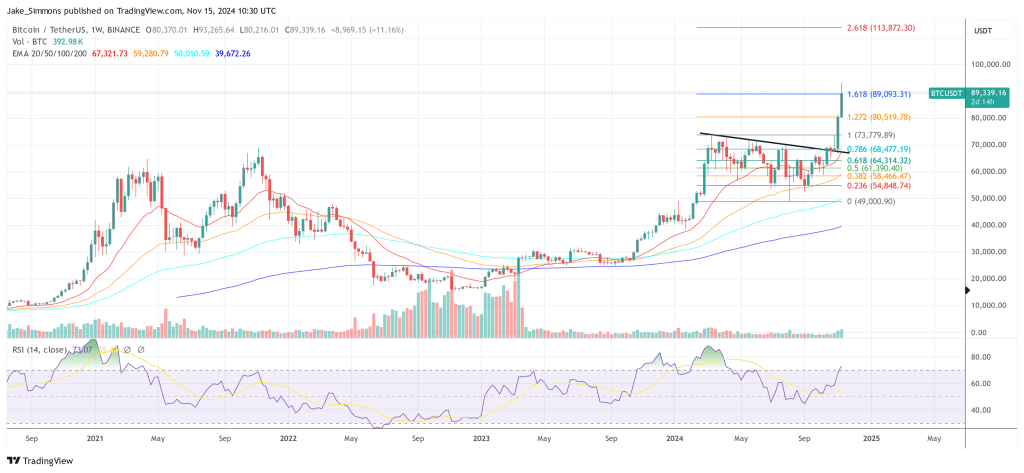

Comments